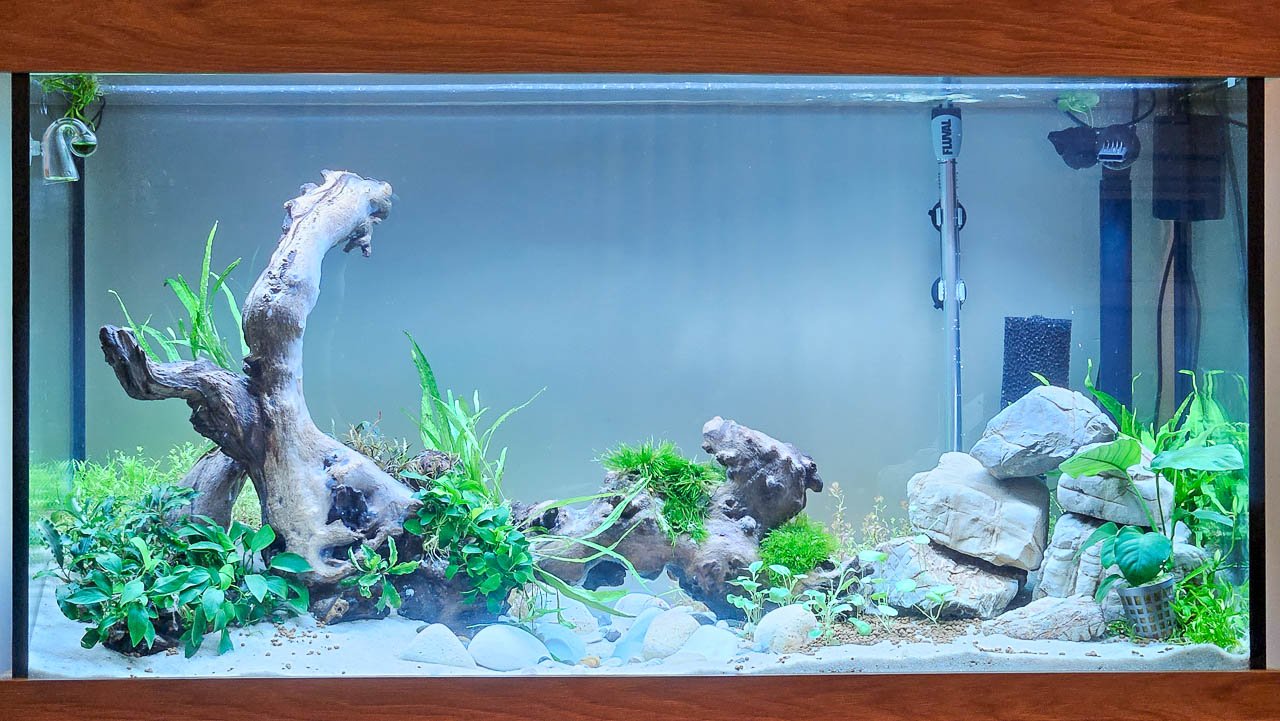Picture this: a serene underwater world right in your living room, filled with colourful fish and lush plants. An aquarium not only adds beauty to your space, but also gives you a front-row seat to the mesmerising life beneath the water’s surface. Setting up your first aquarium might feel like a challenge, but it’s one full of excitement and discovery. Starting off on the right foot makes all the difference, ensuring both you and your fish enjoy the journey from day one.
Aquariums do more than just look great in your home. They offer plenty of benefits, especially if you’re just getting started. They can help reduce stress, boost your mental well-being, and might even ignite a lifelong passion for marine life. The soft bubbling of the filter and watching your fish glide through the water can be a real escape from the chaos of the day.
Whether you’re into vibrant coral reefs or peaceful freshwater scenes, starting an aquarium lets you dive into a whole new world. With expert guidance, you’ll find that setting up your aquarium is both fun and rewarding. We’ll guide you through each step, making sure you’re supported from start to finish. Let’s dive into this aquatic adventure and make your tank the perfect underwater escape.
1. Choosing the Right Aquarium Size
When you’re setting up your first aquarium, the first thing to think about is tank size. Sure, it’s fun to dream about a huge, bustling aquarium full of fish, but it’s important to start with practical considerations. Take a look around your home for some available space. Remember, aquariums need to be on solid, level surfaces, and you’ll want to avoid direct sunlight or placing them near heaters. Where you place your tank affects its stability and temperature—both key factors in keeping your fish happy and healthy.
It’s important to think about the space each fish species needs. Small fish like tetras love to swim in groups, so they’ll need enough space to move around together, while some species might prefer more room to themselves. Do a bit of research on the fish you’re thinking of getting to make sure your tank size works for them. This will help keep your fish healthy and prevent overcrowding, which can lead to stress and disease.
You’ll also want to think about how much maintenance you’re ready to handle when choosing a tank size. Larger tanks can be easier to maintain because they hold more water, which helps dilute toxins. But they still need regular care. Starting with a medium-sized tank—around 20 gallons—is often a good choice. It gives you enough room for several beginner-friendly fish and is still manageable in terms of upkeep.
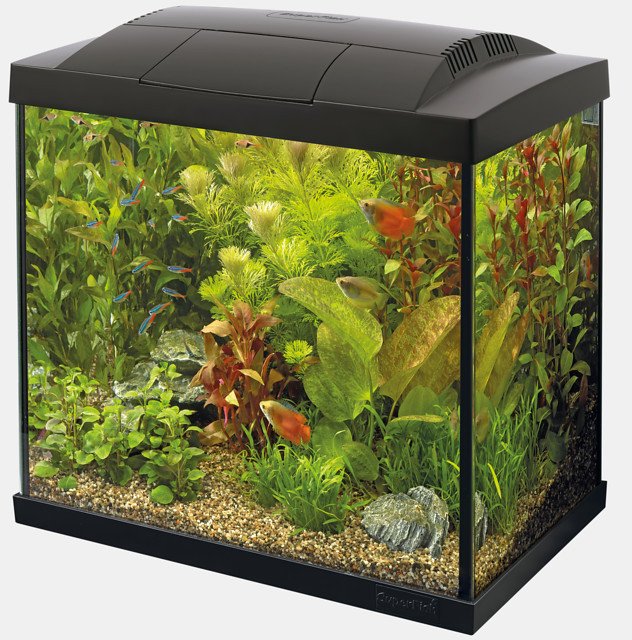
Superfish Start 30
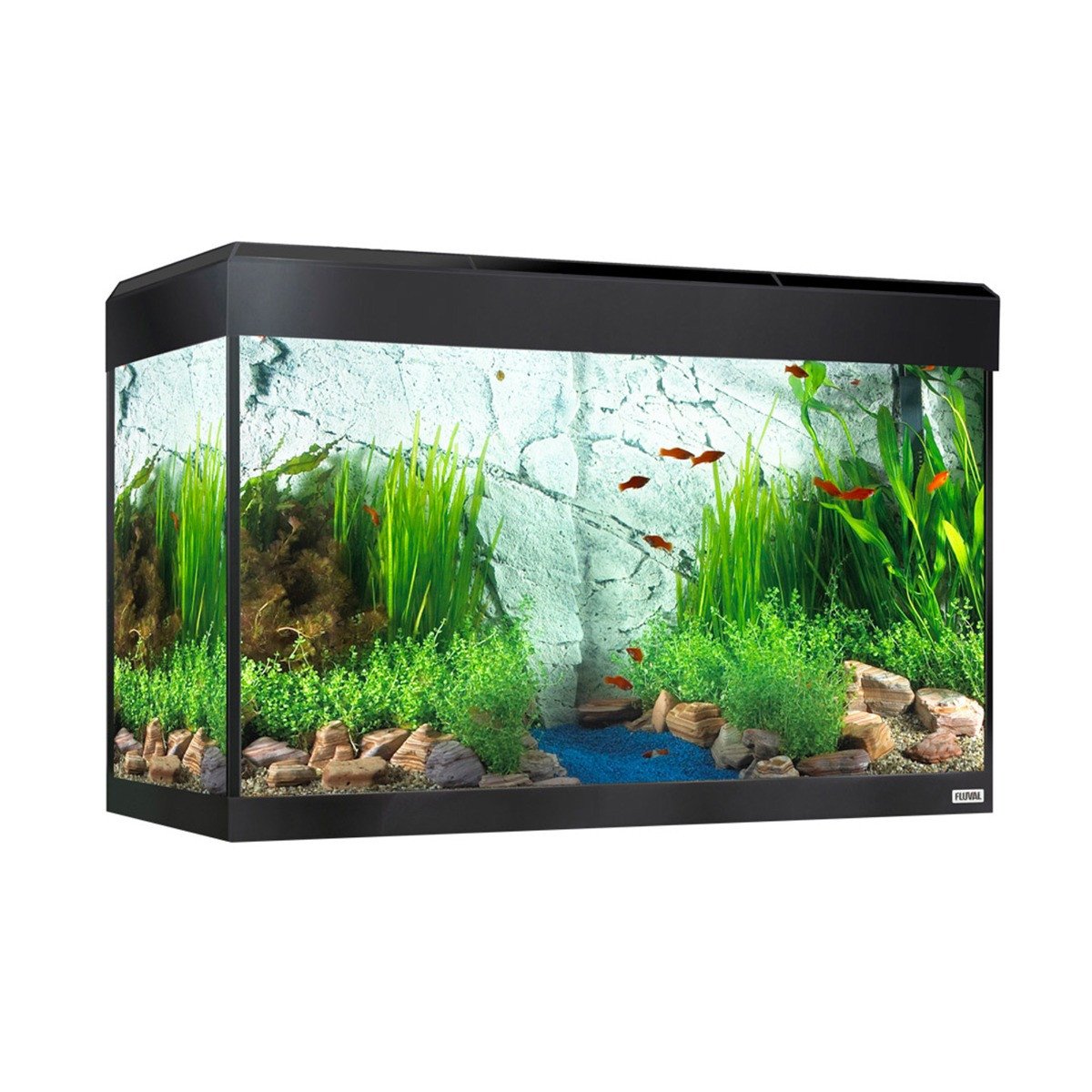
Fluval Roma 125
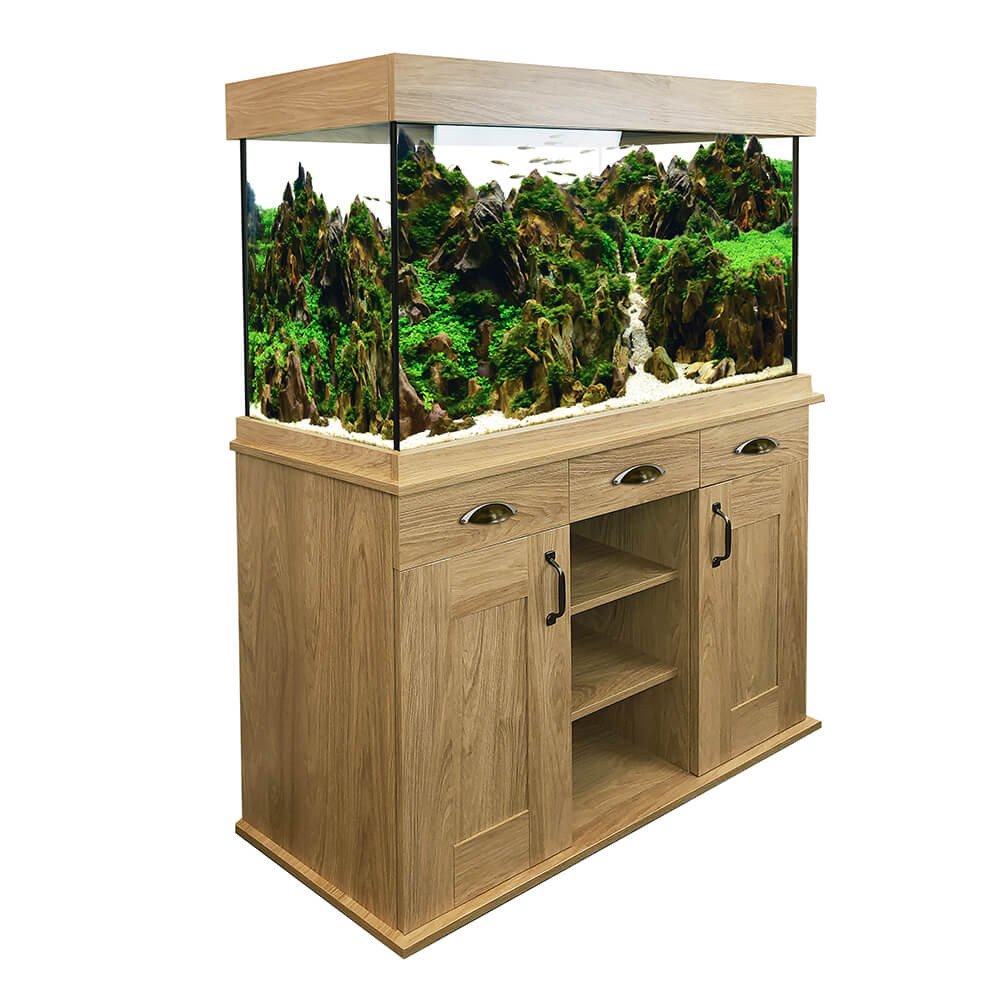
Fluval Shaker 252
2. Selecting Essential Equipment
After choosing the right tank size, it’s time to gather the equipment you’ll need to keep your fish happy and healthy. Filters keep the water clean by removing waste and toxins, while also helping beneficial bacteria grow. Depending on the size of your tank and the fish species you choose, you might go for an internal or external filter. A hang-on-back filter is a great choice for beginners because it’s simple to use and keeps the water clear.
Just as important as filtration is keeping the water temperature steady. Fish need the right temperature to stay healthy, so picking a good heater is key. For tropical tanks, aim for 72°F-82°F (22°C-28°C), and to keep things stable, a heater with a built-in thermometer is a smart choice.
Lighting does more than just make your tank look good—it’s also important if you’re adding live plants. LED lights are a popular choice because they’re energy-efficient and can be customised to suit different types of aquariums. Keep an eye on how your lights affect algae growth—sometimes less is more when it comes to lighting.
Don’t forget about the stand—it’s more important than you might think. Pick a stand that’s made for aquariums, so it can handle the weight and won’t get damaged by moisture over time. A sturdy stand provides stability and keeps your tank safe, especially if you’re working with larger tanks that can weigh hundreds of pounds.
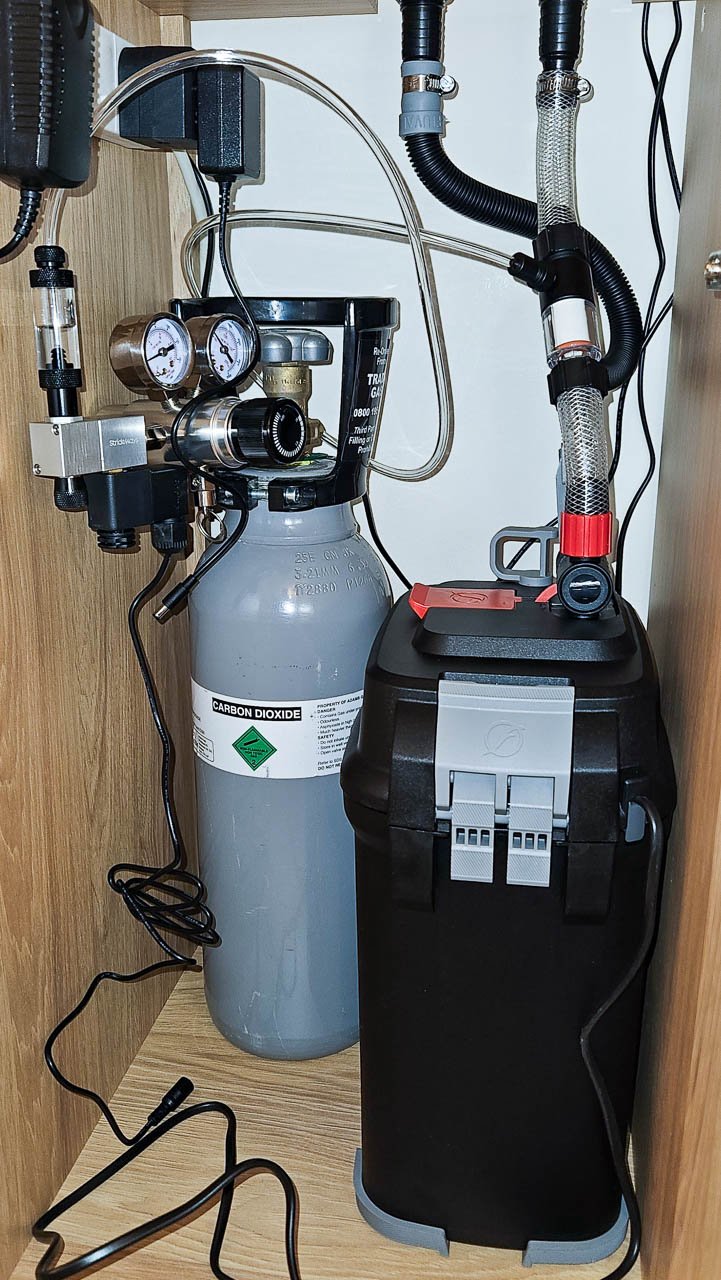
CO2 system and Fluval 307 filter
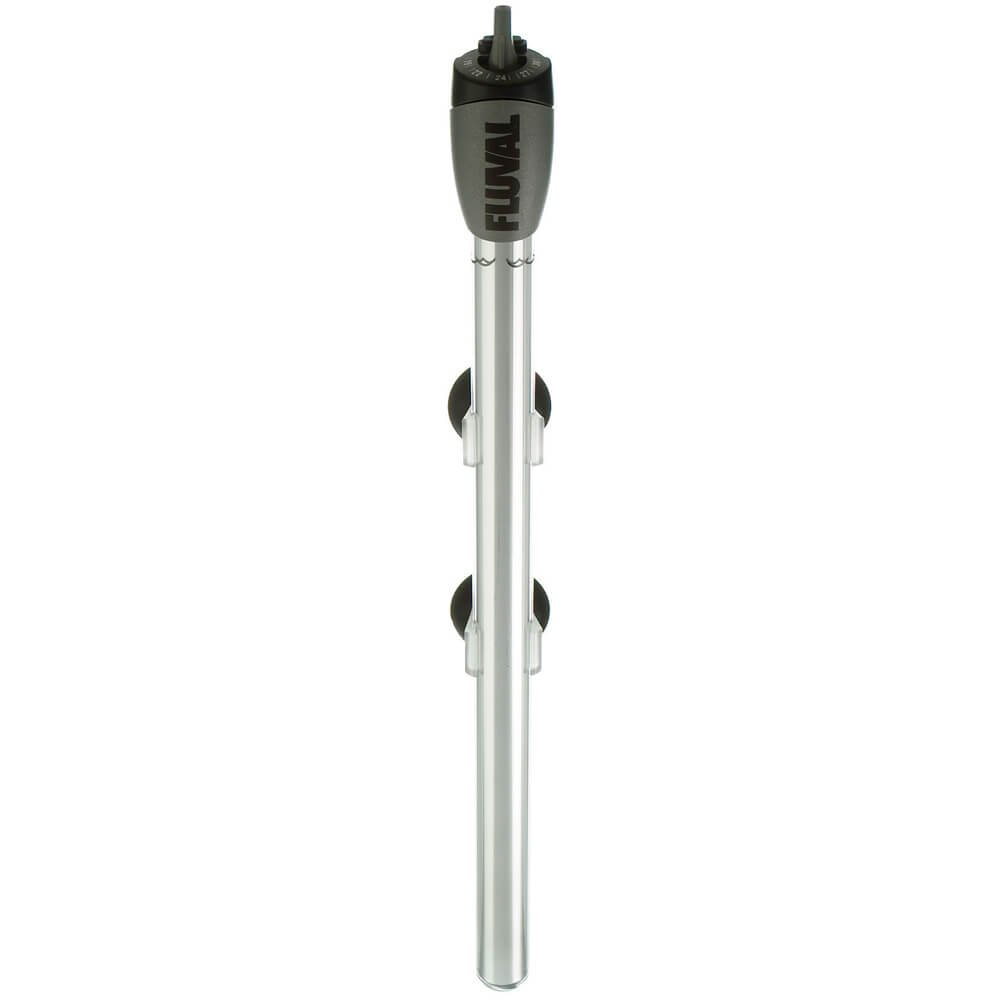
Fluval Heater
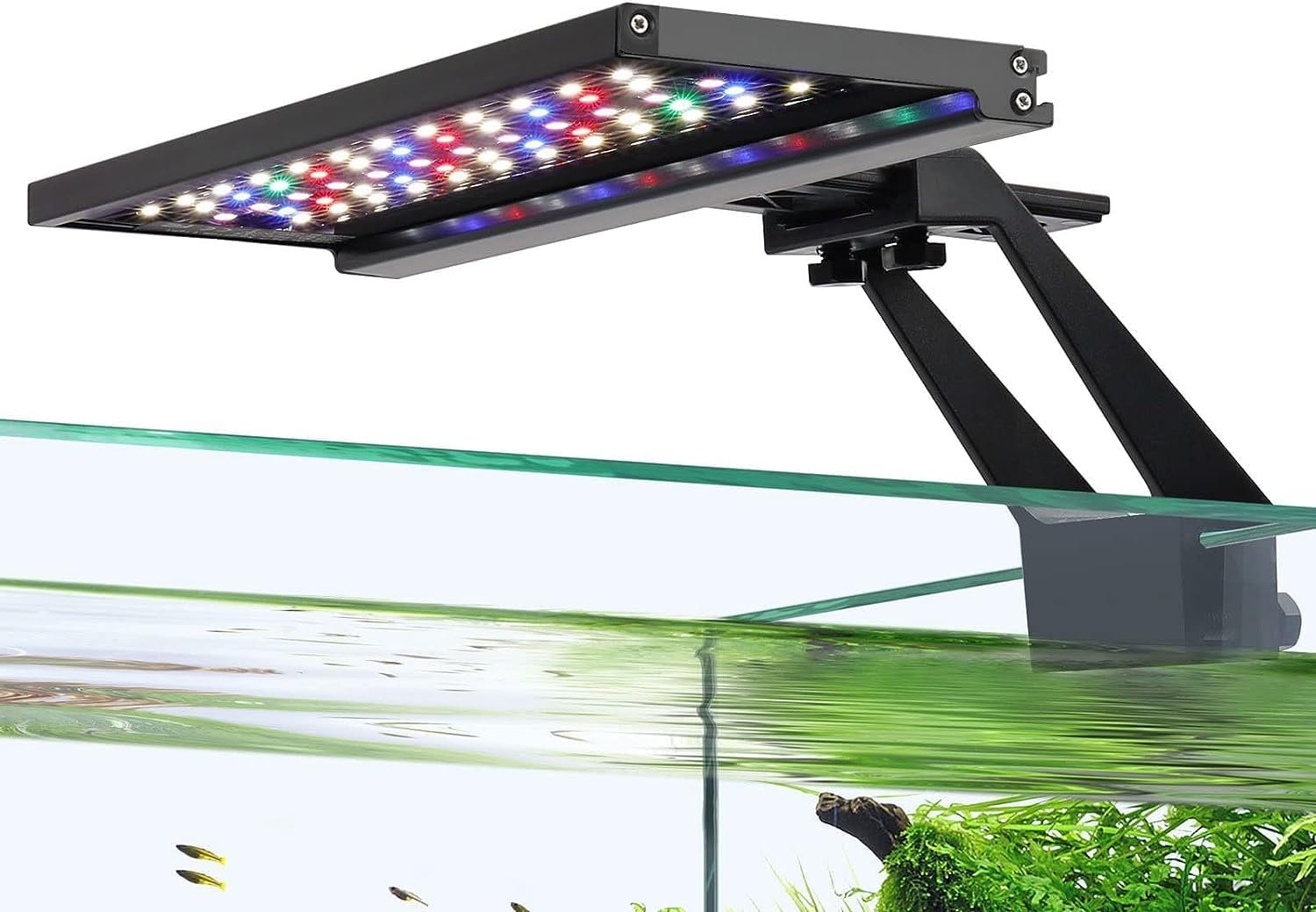
Hygger LED Light
3. Deciding on Freshwater or Saltwater
One of the first big decisions you’ll make as an aquarium hobbyist is whether to dive into the world of freshwater or saltwater tanks. Freshwater tanks are a favourite for beginners because they’re easier to manage and more budget-friendly. You’ll find plenty of hardy fish like guppies, tetras, and cichlids that are perfect for starting out. These fish are low-maintenance, which makes them great for building your confidence as you learn the ropes. Plus, freshwater plants thrive without complicated lighting, giving your tank a natural, vibrant look.
Saltwater tanks open up a whole new world of marine life. Their vibrant colours and unique behaviours can really grab your attention—it’s like having a little piece of the ocean at home! But keeping a saltwater tank stable does take a bit more precision and patience. From getting the salinity just right to using specialised equipment like protein skimmers and live rock filtration, there’s more to learn and manage compared to freshwater tanks.
If you’re just starting out in the aquarium hobby, a freshwater setup is a great way to learn the basics. You’ll get the hang of things like water chemistry, fish behaviour, and tank maintenance without getting overwhelmed by the complexities of saltwater tanks. As you become more comfortable with freshwater, you might decide to dive into the fascinating world of saltwater aquariums later on. Remember, every great aquarist started somewhere, and beginning with something manageable sets you up for early success.
4. Preparing Your Tank for Setup
Before you get your new aquatic world up and running, you’ll want to make sure your tank is prepped and ready. Start by giving your new tank a good rinse with warm water to clear out any dust from shipping—no need for soap or chemicals, just a clean sponge will do the trick. This helps ensure a safe and healthy environment for your future fish.
Now it’s time to add the substrate and decorations, which not only look great but also help create a healthy habitat. Think about what your fish need when choosing your setup—gravel, sand, or specialised plant mediums all offer different benefits. A lush green plantscape for freshwater fish or smooth coral pieces for saltwater tanks can make all the difference. Arrange your decorations so they provide hiding spots for shy fish, without crowding the tank, creating a nice balance between comfort and activity.
With your tank set up, it’s time to get the equipment ready before adding fish. Install a filter that’s the right size for your tank—it’s essential for keeping the water clean and your fish healthy. Make sure your heater is set to the right temperature for your fish—tropical species need warmer water, while temperate fish prefer cooler temperatures. And don’t forget the lighting! It not only shows off your tank but also helps plants grow and keeps your fish looking their best. Just be mindful of light exposure—too much can lead to algae growth, and too little can affect the health of your plants and fish.
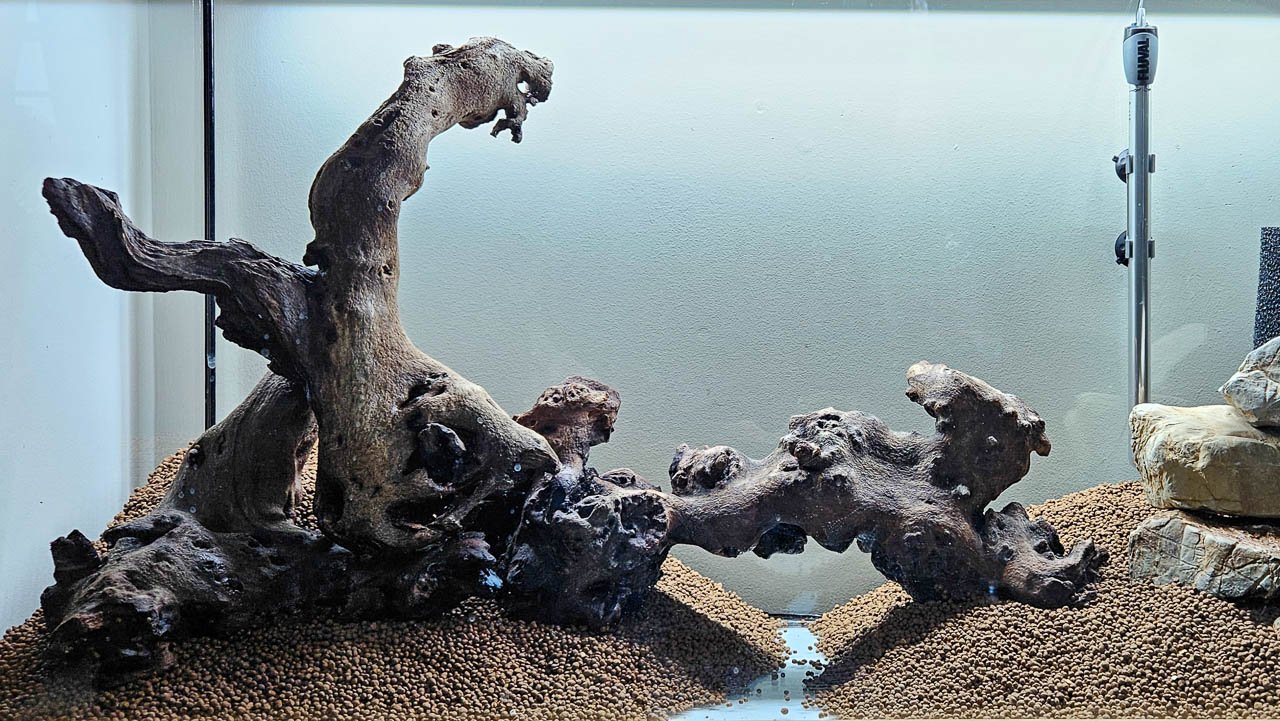
5. Cycling Your Aquarium
Understanding the nitrogen cycle is key to keeping your tank healthy. In simple terms, the nitrogen cycle is how your tank naturally cleans up fish waste, uneaten food, and decaying plants. As these materials break down, they produce ammonia—a toxic substance for fish. Beneficial bacteria in your tank break down this ammonia into nitrites, and then into less harmful nitrates. These nitrates can be removed through regular water changes or absorbed by live plants, helping your fish thrive.
Cycling your tank means letting these beneficial bacteria grow before adding any fish. To start the cycle, add a source of ammonia—this could be fish food or pure ammonia from a product you can find at pet stores. Keep an eye on ammonia levels using a test kit. You’ll see a spike at first, but as the bacteria start doing their job, ammonia levels will drop as it’s turned into nitrites, and then eventually into nitrates. This process usually takes about 4-6 weeks, so patience is key—it’s worth the wait to make sure your fish have a safe environment.
During the cycling phase, make sure to regularly check your water parameters. Using a reliable test kit, monitor the levels of ammonia, nitrites, nitrates, pH, and temperature. It’s a good idea to keep a log of your readings—it can help you spot patterns and make adjustments if needed. Staying on top of these numbers will encourage bacterial growth and help prevent any sudden spikes that could harm your fish once they’re introduced.
6. Choosing Compatible Fish Species
After your tank is cycled, the fun part begins—choosing which fish to add! As a beginner, it’s a good idea to start with hardy, easy-to-care-for species that can adapt well to different conditions. Popular choices for new aquarists include guppies, mollies, and danios for freshwater tanks. They’re not only colourful and attractive, but they’re also more forgiving if you’re still learning the ropes. Plus, these species usually get along well in community tanks.
Making sure your fish are compatible is key to keeping your tank peaceful and healthy. It’s important to research things like water temperature, territory needs, and diet for each fish. Some fish prefer to live in schools, while others might need more space to themselves. For example, putting aggressive Tiger Barbs in with peaceful Guppies might cause problems unless you manage their space carefully.
When you introduce fish slowly, it gives both the new fish and your tank time to adjust. Adding just a couple of fish at a time helps prevent sudden changes in water chemistry, like spikes in ammonia or nitrites. By being patient and taking it step by step, you’ll create a tank where all your fish feel secure—and you’ll be able to enjoy it for years to come.
7. Maintenance and Care Tips
Once your tank is set up, it’s important to stick to a regular cleaning routine to keep everything healthy. Each week, replace about 10-15% of the water to remove toxins and bring back essential minerals. Using a gravel vacuum makes cleaning up debris from the bottom of the tank quick and easy, so waste doesn’t build up.
Keeping an eye on your fish’s health and behaviour is just as important as caring for any other pet. Watch how your fish act during feeding time—if they’re moving slowly or swimming erratically, it could be a sign something’s off, like water quality or illness. If their colours start to fade, it’s often a sign they’re not feeling well. Using ammonia and nitrate tests regularly will help you maintain safe water conditions for your fish.
Feeding your fish the right way is another important part of keeping your tank healthy. Different fish have different dietary needs, so make sure you know what each species needs to stay healthy. You can also mix things up by treating them to blanched veggies like peas for those that need extra fibre—it’s great for their immune system and keeps them active.
By sticking to these simple routines, you’re not just keeping your tank looking great—you’re helping your fish live their best lives. With a little patience and consistency, you’ll learn more about your fish and create a thriving underwater world you can enjoy for years.
Conclusion: Dive Into Your Aquarium Adventure
Building your first aquarium can be a rewarding journey filled with beauty and tranquillity. By taking these steps, you’ve set the stage for a thriving aquarium. Patience is key as you get to know your tank’s unique rhythms and needs. And if mistakes happen, don’t worry—they’re just part of the learning process.
Stay curious and open to the endless possibilities this hobby offers. Keep learning new tips and techniques to keep your underwater world healthy and vibrant. With time and dedication, you’ll not only have a flourishing aquarium but also a deeper appreciation for this captivating hobby. Enjoy every moment as you watch your underwater world come to life!

